Sterling opens the week mildly lower but loss is so far very limited. The House of Commons voted on Saturday to withhold the decision on UK Prime Minister Boris Johnson’s Brexit instead. Instead, MPs forced Johnson to seek another three-month extension from EU first. While initially refused, Johnson eventually sent a delay request to EU, without signing it.
At this point, it’s generally viewed that UK is still on track for orderly Brexit, just deferred. The vote on the Withdrawal Agreement Bill could still be held on Tuesday, after Johnson makes another attempt on Monday to get Parliament to sign off on the principle of his deal. And, if Johnson wins, the extension request could be withdrawn and Brexit will happen on October 31.
The Times of London reported that EU is ready to approve a three-month flexible extensions. UK could leave EU earlier if the Parliament could ratify a deal. Or, Germany could push for a longer extension, pushing the deadline well into June 2020, if the UK government meets are serious obstacles.
The UK government activated the so-called “Operation Yellowhammer” on Sunday, entering the “final, most intensive stage” of disorderly Brexit preparation. Quoted by Bloomberg, a government official said, “with less than two weeks until 31 October, hundreds of civil servants will from today move to work on these operational matters.”
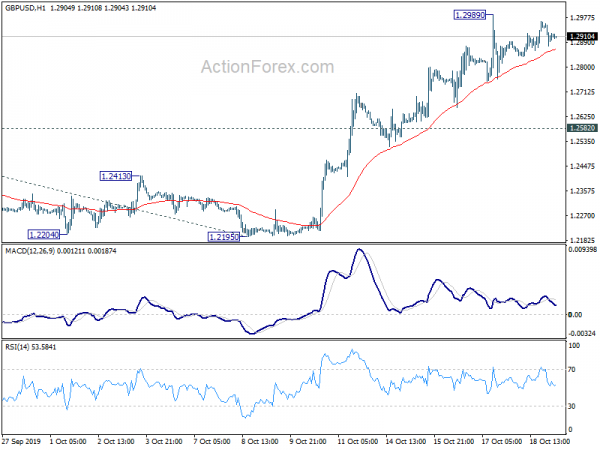




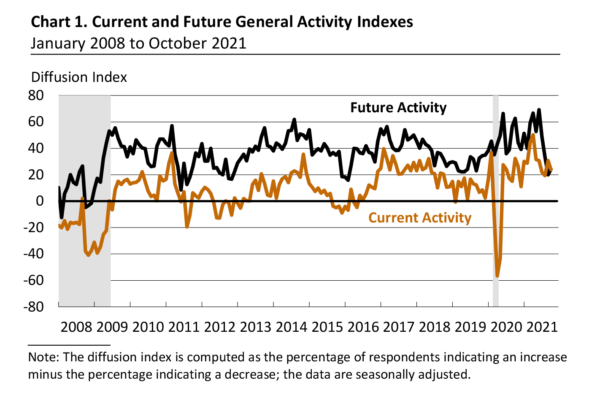
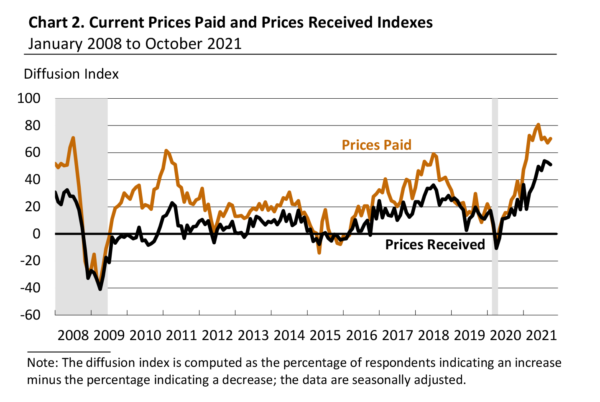
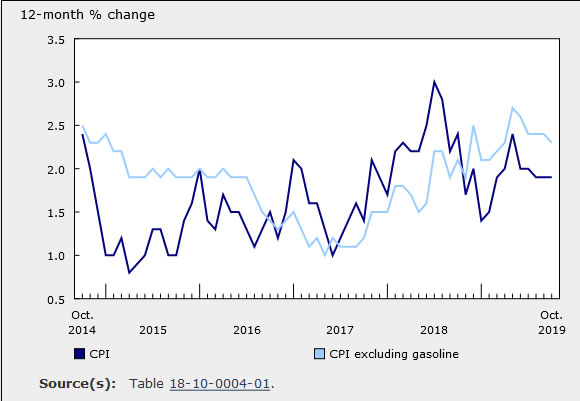
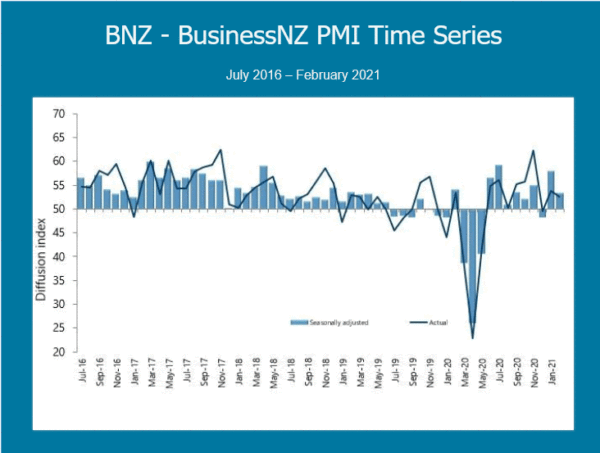
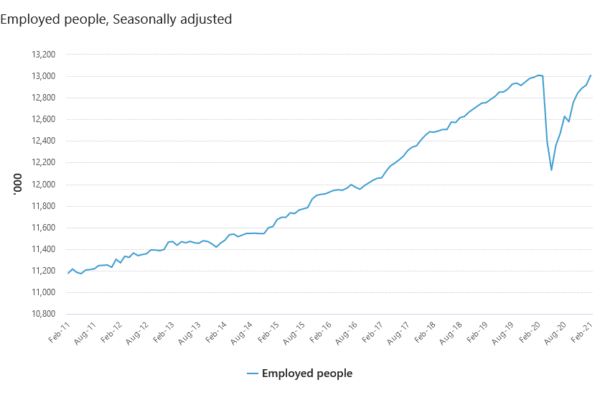
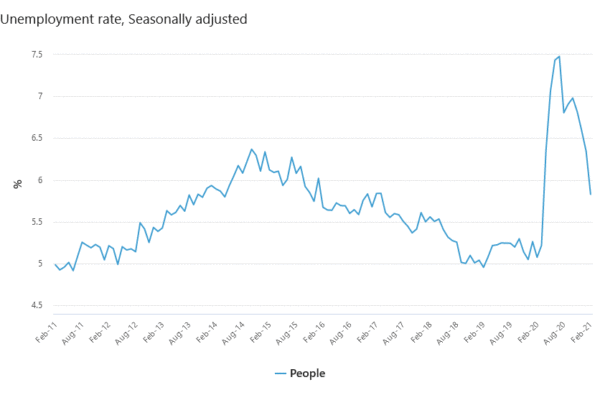
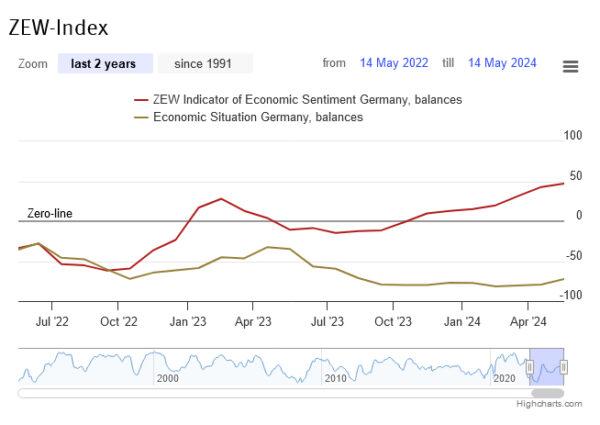
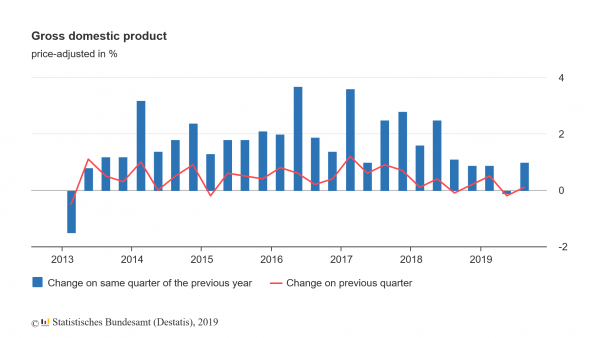
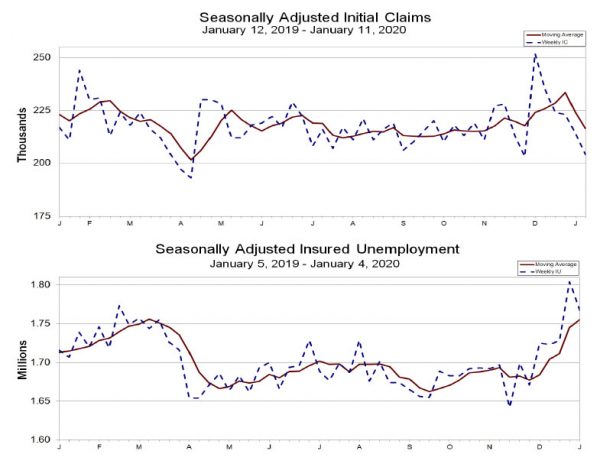
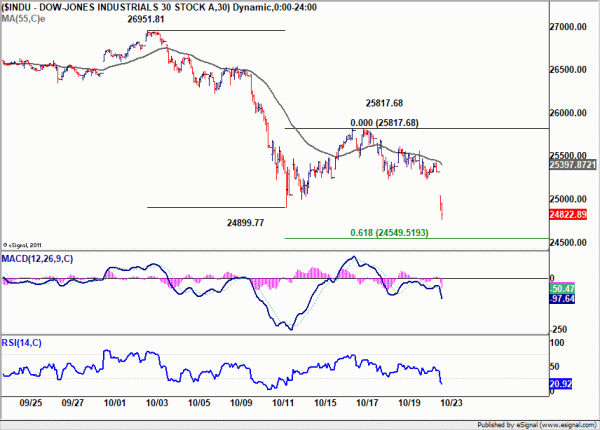
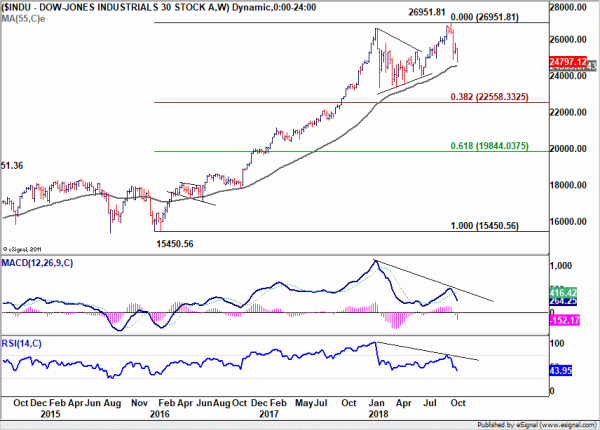
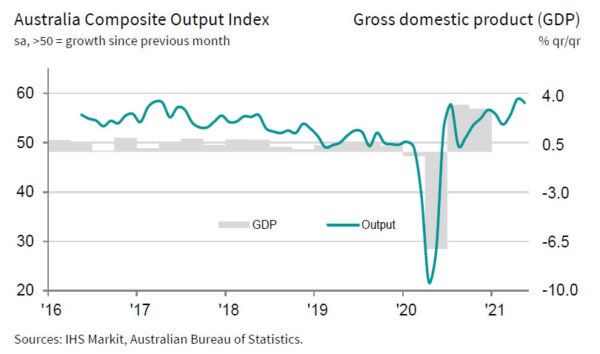


Fed Mester: My positive baseline outlook depends on very accommodative policy
Cleveland Fed President Loretta Mester said she expected unemployment rate to fall to 4.5% or lower this year, with GDP growth in 6-7% range. She emphasized, “my positive baseline outlook depends on appropriate monetary policy, which, in my view, will need to be very accommodative for some time to support the broadening of the recovery.”
“I wouldn’t consider the increase in inflation I expect this year to be the type of sustainable increase needed to meet the forward guidance on our policy rate,” she said. “So I expect to be deliberately patient unless there is clear evidence that inflation pressures will push inflation to exceed our desired path.”
“I need to see more improvement before I would consider the conditions of our forward guidance on asset purchases as being met,” said Mester.